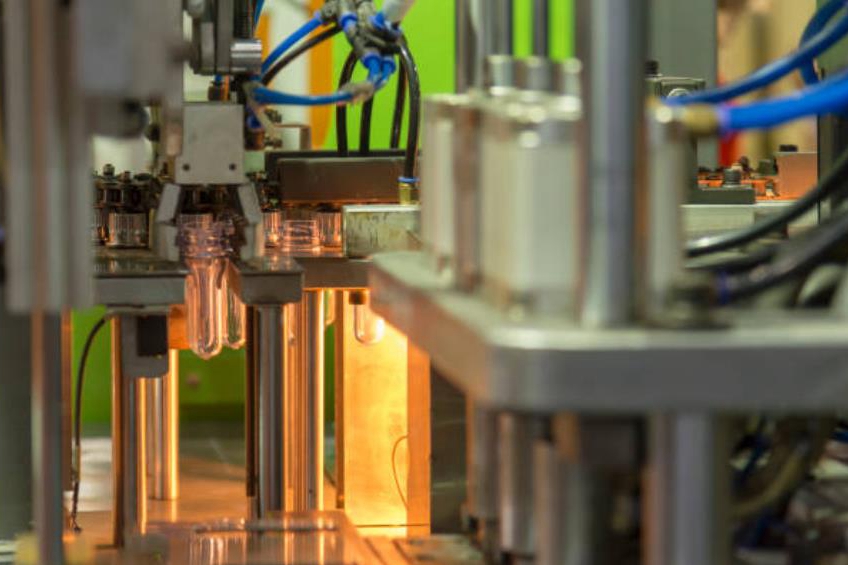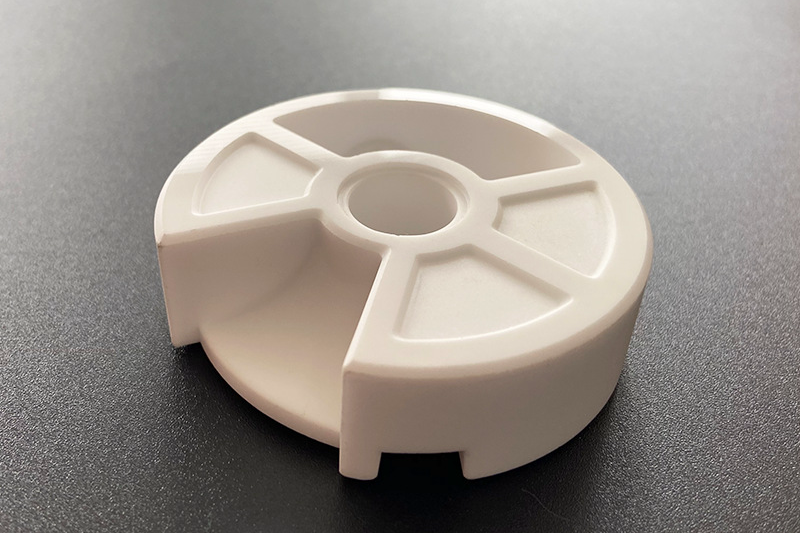What processes suit micro metal parts under 0.3 mm thickness?
Best Processes for Micro Metal Parts Under 0.3 mm Thickness
Producing metal components with thicknesses below 0.3 mm requires manufacturing routes that can achieve extremely fine feature resolution, high dimensional stability, and minimal machining forces. Conventional subtractive processes struggle at this scale due to tool deflection, burrs, and excessive material waste. At Neway, micro-metal components for consumer electronics, medical devices, telecommunication, and precision mechanical assemblies are typically produced using high-resolution powder-based or mold-based metal forming processes.
1. Metal Injection Molding (MIM) for High-Density Micro Geometry
Metal injection molding is one of the most effective solutions for producing ultra-thin components, particularly when the part geometry includes micro-features, tight tolerances, and complex internal details. Using fine powders such as MIM 17-4 PH and MIM 316L, wall thicknesses of 0.2–0.3 mm can be consistently reproduced. After sintering, parts achieve high density and strength without secondary machining. MIM is especially effective for tiny locking components, micro-gears, medical micro-instruments, and high-volume communication hardware.
2. Ceramic Injection Molding–Style Precision for Hard Alloys
For metal systems requiring ceramic-grade tolerances or extreme wear resistance, similar injection molding principles apply through the use of high-fidelity metal feedstocks. The capability is comparable to CIM, which can achieve extremely fine walls down to 0.2 mm in materials like zirconia. When translated to specialty metal powders, such as cobalt-chromium or nickel alloys, the same mold-driven precision provides thin, small, high-strength parts ideal for surgical components and micro-mechanical assemblies.
3. Powder Compression Molding (PCM / PM)
Powder pressing molding is suitable for simple micro blanks or ultra-thin wear-resistant plates using fine metal powders. With controlled pressure and tooling precision, thicknesses in the 0.3 mm range can be achieved before sintering. Alloys such as low-alloy steel, stainless steel, and tool steel are common choices.
4. Micro Stamping for Ductile Metals
For 2D micro-metal parts with very thin cross-sections, sheet metal stamping can form parts down to 0.1–0.3 mm, depending on alloy and feature density. Copper alloys, stainless steels, and nickel metal foils are often used. Stamping is particularly effective for microcontacts, tiny brackets, shielding components, and miniature springs used in electronic and telecommunications systems.
5. Micro CNC and Laser Cutting for Limited Features
Although traditional machining is not ideal for ultra-thin components, micro-milling or laser cutting can be applied when flat profiles or limited 3-axis features are required. Laser cutting supports metals as thin as 0.05 mm with excellent edge quality. Micro-CNC may be used to refine tolerance-critical regions but is not typically the primary process due to handling complexity.
Surface & Thermal Treatments for Micro Parts
After forming, finishing processes such as tumbling (micro-milling), black oxide coating, or heat treatment may be used, depending on the material type and application. All processes must be tightly controlled due to the extremely small mass and risk of deformation.



